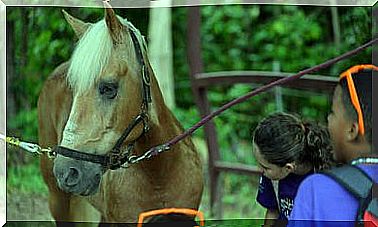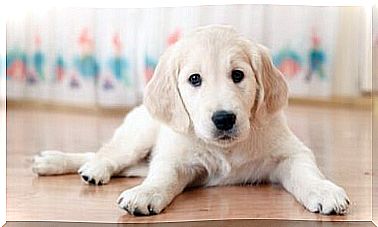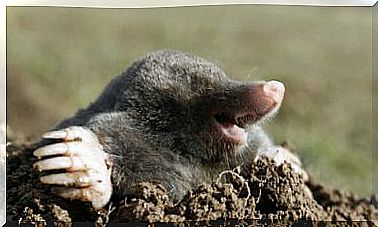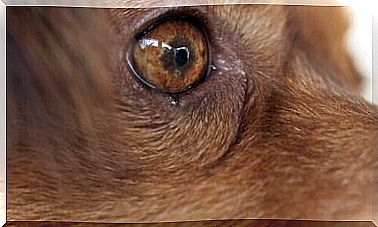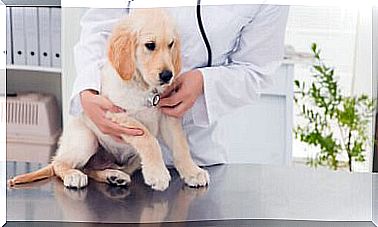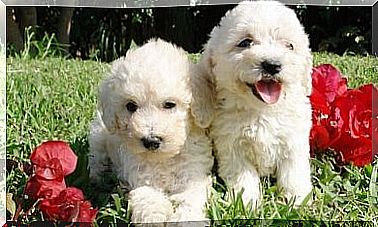Blockchain: The ‘last Cry’ In Food Traceability
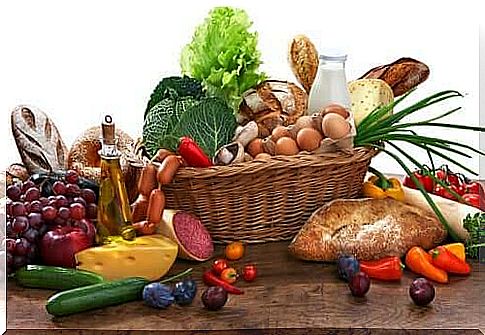
Currently, the ability to find and follow the trail – along the entire food chain – of a product or animal destined to obtain food is essential. After numerous advances in the subject, nowadays, the blockchain is considered the ‘last cry’ in food traceability.
Why is food traceability important?
Many of the problems in the food industry – such as cross-contamination or food poisoning – are compounded by a lack of information and traceability.
Identifying a source of contamination in the food chain is not easy with traditional methods. This can take days or months, which increases costs and risks, resulting in wasted food.
Investing in modern traceability methods reduces the time needed to locate a product along the production chain. Thus, it is possible to recognize the food that must be removed from the market and to know which establishments it is found.
Blockchain: the ‘last cry’ in food traceability
The blockchain is a technology based on the storage and data transmission by means of plates. Information travels encrypted, thus gaining greater reliability. And, in this way, we know the 360° involving the food product in question.
The use of blockchain allows to have a secure and transparent database. Therefore, this is considered a technology in which the ‘truth’ is constructed, reached and strengthened by the members themselves.
How is blockchain applied to the food chain?
The blockchain system makes it possible to have the history of all the links in the food chain. This is how to manage food information in a transparent way.
The blockchain system allows the user to follow the trail of a food during all stages of the production chain, so that maximum levels of food safety are reached.
An example of livestock traceability: from farm to fork
On November 20, 2018, the Carrefour company launched the first food blockchain in Spain. More specifically, aimed at free-range chicken raised without the use of antibiotic treatments, one of its highest quality organic products.

Thus, the network of hypermarkets located in that country became the pioneer in the use of this technology for storing and transmitting information.
Traceability of fishing: from boat to table
The application of the blockchain system to fishing is a continuation of the innovative process started with free-range chicken, thus confirming the agrifood sector’s commitment to research, development and innovation.
How does the consumer use the blockchain ?
Foods subject to this system will be marketed like any other product. However, broadly speaking, they will include a QR code on the label, which can be read with any smartphone. In this way, the consumer will be able to have, in an instant, all the information related to the product he is purchasing.

In the case of hake, recently incorporated into the blockchain system , it will be possible to know:
- Which ship captured it.
- The coordinates of the fishing area.
- The fishing gear used.
- The landing fishing area.
- How the fish was packaged.
- At what point was it delivered to Carrefour.
This innovative process will continue, as attested by the company Carrefour. This and other large supermarket chains intend to apply this technology around the world, progressively, in most of their products.

